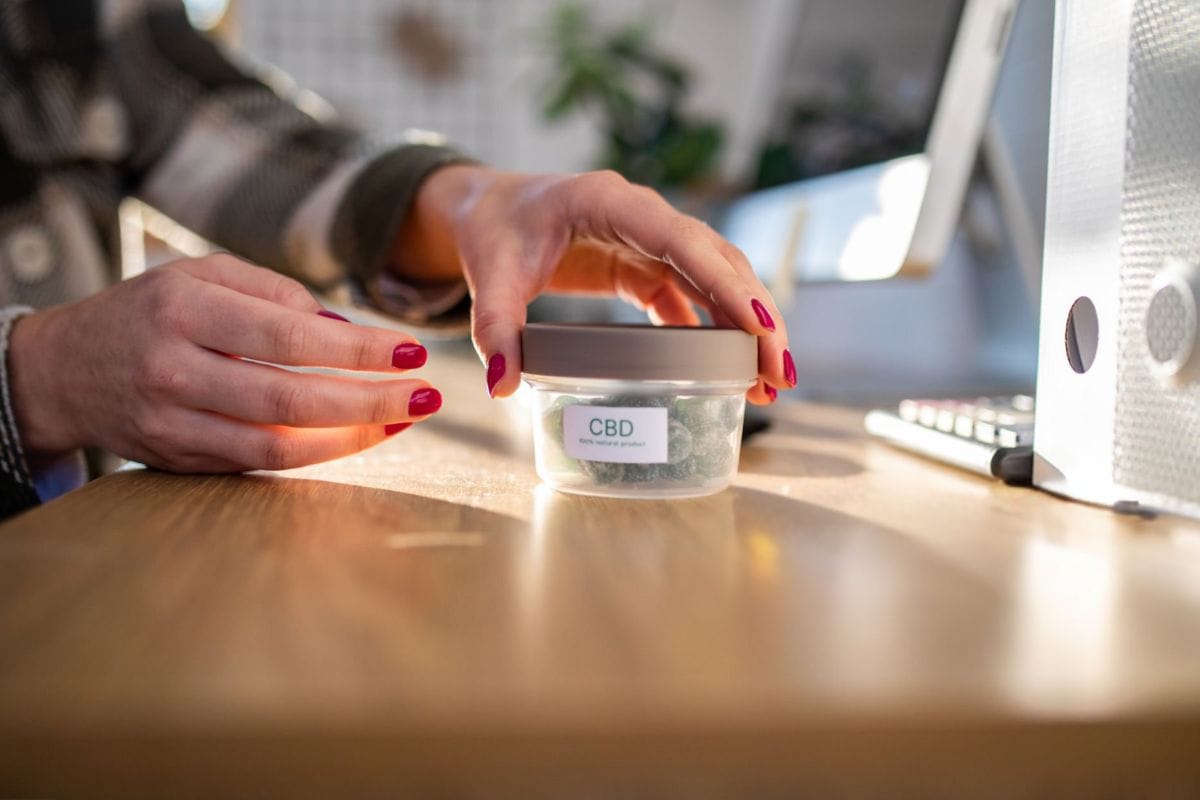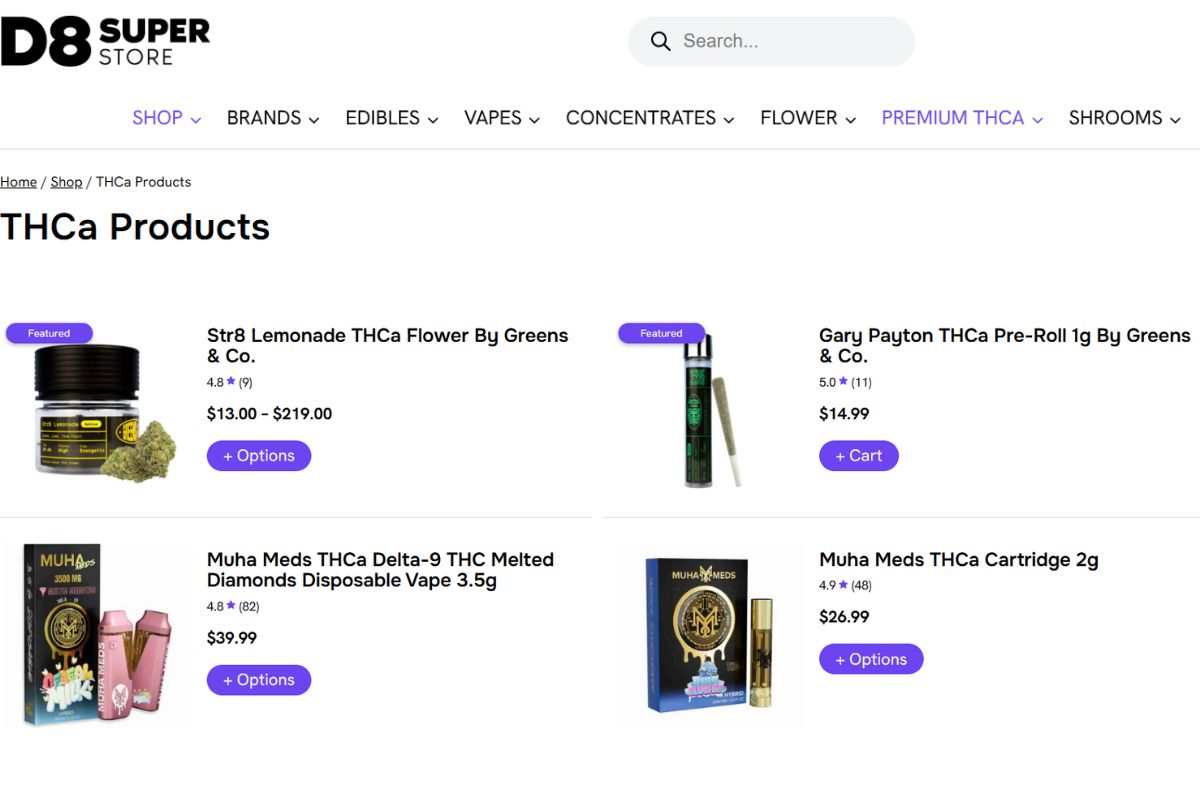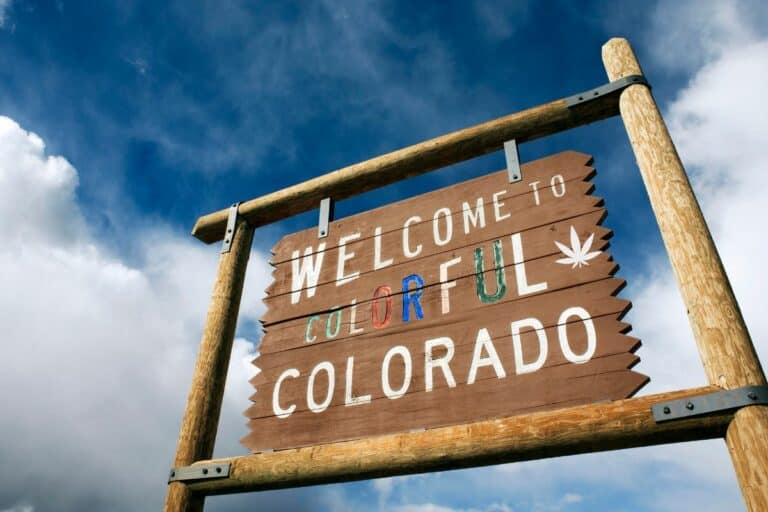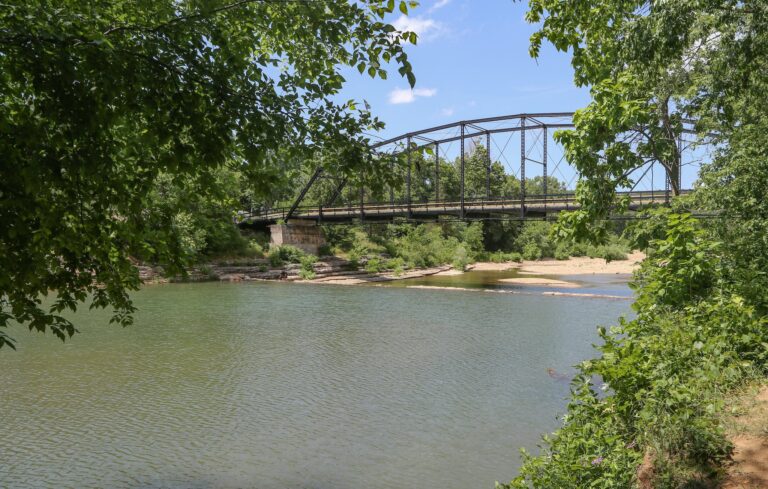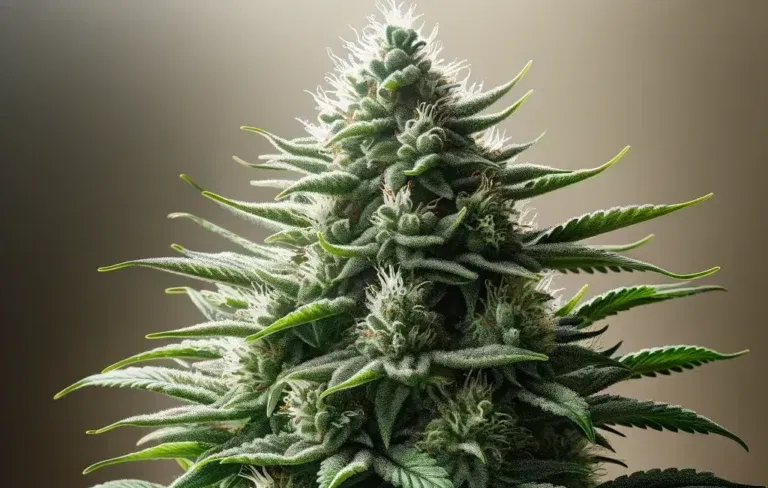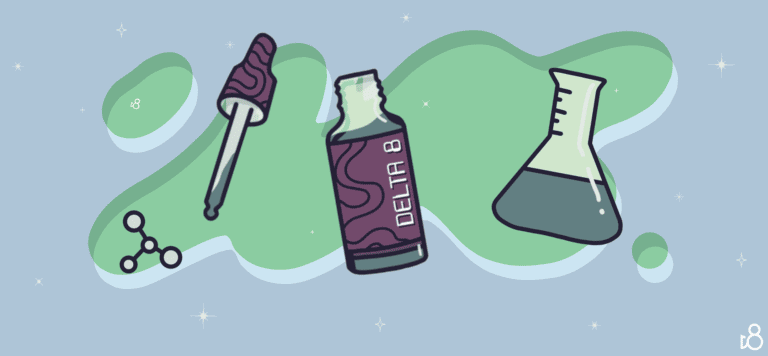Understanding 0.3 THC: What You Need to Know About Legal Limits
Introduction to THC Limits
The 0.3% delta 9 thc limit is a cornerstone of cannabis regulation in the United States. It acts as the dividing line between hemp and marijuana and determines the legal status of cannabis products under federal law, especially concerning the psychoactive compound . This limit impacts everything from how cannabis is cultivated to how products are marketed and sold.
This threshold, established by the 2018 Farm Bill, represents a scientific and legal standard based on dry weight basis that consumers, manufacturers, and lawmakers must follow. Whether you’re purchasing CBD oil, hemp flower, or infused gummies, the THC level, which is the active ingredient, can dictate the legality of the product.
- Introduction to THC Limits
- The 2018 Farm Bill and Legal Definitions
- Hemp vs Marijuana: What's the Difference?
- Why 0.3% THC?
- What Happens if THC Exceeds 0.3%?
- Cannabis-Derived Products and Federal Compliance
- Full Spectrum vs Broad Spectrum CBD
- Understanding THC and CBD
- Availability of Legal CBD Products
- State Variability in THC Regulation
- The Entourage Effect and Product Design
- Safety, Side Effects, and Public Health
- Role of the FDA and Medical Approvals
- Final Thoughts: Navigating the 0.3% THC Limit
- Frequently Asked Questions (FAQ)
Understanding this limit is crucial for consumers, retailers, and manufacturers alike to avoid potential adverse effects . Without awareness of the 0.3% THC rule, it’s easy to unintentionally cross into illegal territory, especially in states with stricter cannabis laws.
The 2018 Farm Bill and Legal Definitions
The Agriculture Improvement Act of 2018, commonly referred to as the Farm Bill, dramatically changed the legal landscape for hemp and hemp-derived products in the United States.
According to the Farm Bill, hemp is defined as cannabis that contains no more than 0.3% delta-9 tetrahydrocannabinol (THC) by dry weight, which allows for a variety of cannabis derived compounds . This distinction removed hemp from the list of controlled substances, making it federally legal to grow and process.
The law effectively legalized the cultivation, production, and sale of hemp-derived products, including CBD, as long as they adhere to this THC threshold. This helped pave the way for the booming CBD industry we see today.
Hemp vs Marijuana: What’s the Difference?
| Feature | Hemp | Marijuana |
|---|---|---|
| THC Content | Less than 0.3% THC (non-psychoactive) | Usually 5–30% THC (psychoactive effects) |
| CBD Content | High in CBD | Can contain CBD, but usually lower than THC |
| Psychoactive? | No | Yes |
| Legal Status (U.S.) | Federally legal under the 2018 Farm Bill | Federally illegal, legal in some states |
| Common Uses | Wellness products, textiles, paper, food supplements | Recreational and medical cannabis |
| Plant Appearance | Tall, thin, sparse leaves | Shorter, bushier, dense flowers |
| Cultivation Purpose | Grown for industrial and health purposes | Grown for high THC yield |
| Entourage Effect | CBD-focused, mild or no psychoactive synergy | THC-rich, stronger entourage effect |
Though both hemp and marijuana come from the cannabis sativa plant, they are legally and chemically distinct, although subject to varying state restrictions . The most significant difference lies in their THC content.
Hemp is defined as having 0.3% THC or less. Marijuana, on the other hand, typically contains much higher concentrations of THC, sometimes exceeding 20%.
This chemical difference means that hemp-derived products won’t produce a “high,” while marijuana-derived products can, affecting overall well being . Legally, this small but critical difference determines how the plants and their derivatives are treated under the law, particularly when it comes to consuming thc.
Why 0.3% THC?
The 0.3% THC limit may seem arbitrary, but it may seem arbitrary but has scientific roots in relation to other drugs. Canadian plant scientist Dr. Ernest Small proposed the 0.3% threshold in a 1976 publication as a way to classify hemp and marijuana for research purposes.
His intention was not to set a legal standard, but the U.S. later adopted it into federal law to create a clear, manageable regulatory boundary, especially regarding high potency products.
By setting this limit, lawmakers hoped to distinguish non-intoxicating hemp from psychoactive marijuana, simplifying enforcement and regulation at the federal level.
What Happens if THC Exceeds 0.3%?
If a cannabis product exceeds the 0.3% delta 9 THC limit, it is legally classified as marijuana, a controlled substance under the Controlled Substances Act.
This means that growers or manufacturers of such products could face penalties, including the destruction of crops and potential adverse events, depending on their state laws.
For consumers, purchasing or possessing products with more than 0.3% THC could lead to criminal charges in states where recreational marijuana is not legal.
Cannabis-Derived Products and Federal Compliance
| Product Type | THC Content | Legal Status (Federal) | Key Compliance Rule |
|---|---|---|---|
| Hemp-Derived CBD | Less than 0.3% Delta-9 THC | Legal under 2018 Farm Bill | Must be derived from hemp and meet THC limit |
| Full-Spectrum CBD | Less than 0.3% Delta-9 THC | Legal if compliant | Includes all cannabinoids, including trace THC |
| Delta-8 THC | Derived from hemp, under 0.3% D9 | Gray area — varies by state | Must be hemp-derived and federally compliant |
| Delta-9 THC (Hemp-Derived) | Exactly 0.3% by dry weight | Legal in specific forms | Legal in edibles if total D9 is below 0.3% by weight |
| Marijuana-Derived THC | Over 0.3% Delta-9 THC | Illegal federally, legal in some states | Classified as Schedule I under the CSA |
| THCa Products | Converts to THC when heated | Legal if derived from hemp <0.3% D9 THC | Must stay under 0.3% Delta-9 THC in raw form |
To be considered legal under federal law, cannabis-derived products such as CBD oils and edibles must be sourced from hemp plants approved by human services.
Hemp plants are naturally low in THC, which makes them ideal for creating compliant products for various intended use . This is why most commercial CBD products advertise “hemp-derived” or “contains less than 0.3% THC.”
This ensures that the product adheres to the federal definition of hemp and avoids being categorized as an illegal substance.
Full Spectrum vs Broad Spectrum CBD
Full spectrum CBD products contain a variety of cannabinoids, including THC, CBD, CBG, and others. The inclusion of THC is typically in trace amounts below the legal limit.
Broad spectrum CBD products, in contrast, undergo further processing to remove THC entirely while preserving other cannabinoids and beneficial plant compounds.
Both types are legal under federal law if the THC content remains below 0.3%. Consumers may choose one over the other, such as cbd gummies, depending on their sensitivity to THC or legal concerns in their state.
Understanding THC and CBD
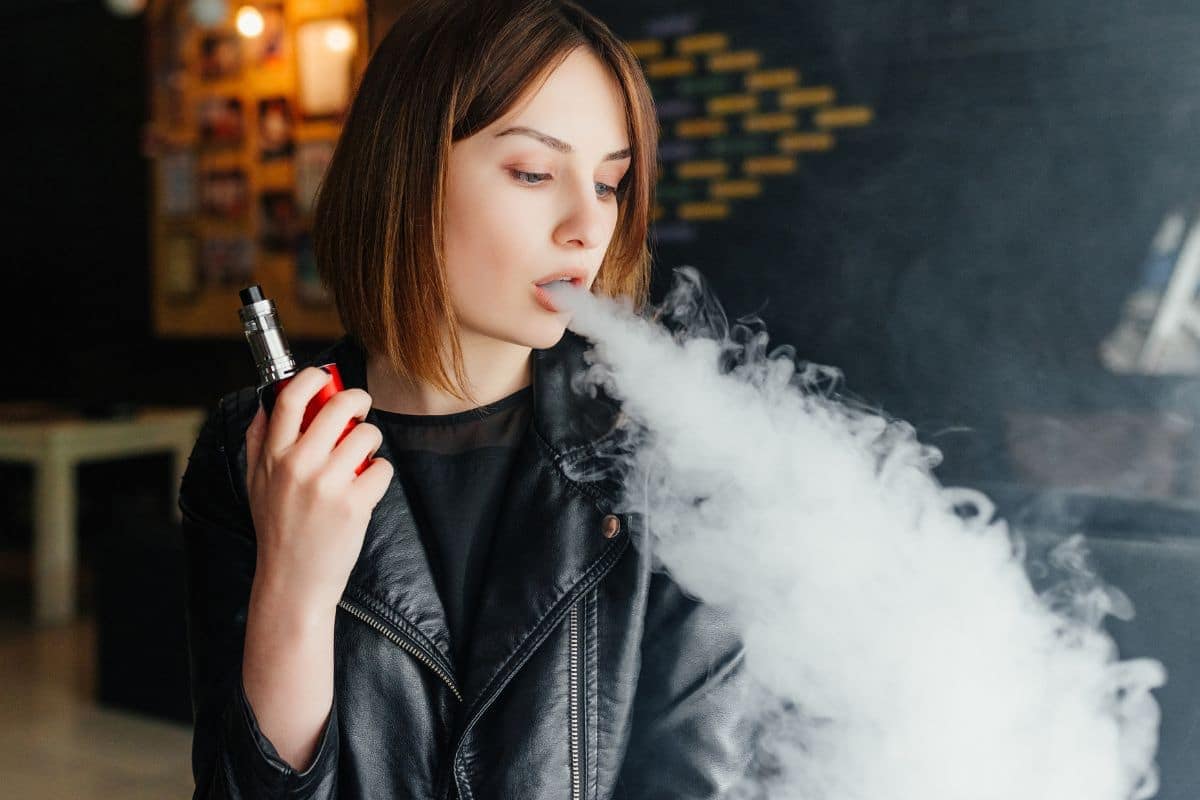
Tetrahydrocannabinol (THC) and cannabidiol (CBD) are two of the most well-known compounds found in cannabis. Despite coming from the same plant, they have dramatically different effects.
THC is the compound responsible for the psychoactive effects or “high” that people associate with marijuana use. CBD, however, does not produce these effects and is known for its potential therapeutic benefits.
Many people prefer CBD-only or low-THC products for medical or wellness reasons, including pain relief, anxiety management, and better sleep, without the intoxicating side effects.
Availability of Legal CBD Products
CBD products that comply with the 0.3% THC limit are legal at the federal level and are widely available in physical stores and online.
Common products include CBD oils, tinctures, capsules, gummies, topicals, and even beverages, which should be free from heavy metals. These products are marketed for various wellness benefits and are generally considered safe.
However, consumers should always check lab reports or certificates of analysis to confirm THC content before purchasing, especially in states with stricter rules.
State Variability in THC Regulation
| State | Medical THC | Recreational THC | Delta-8 THC | Legal Notes |
|---|---|---|---|---|
| California | Legal | Legal | Legal (with restrictions) | Strongest cannabis market, strict product testing |
| Texas | Limited (Low-THC) | Illegal | Illegal | Medical use limited to <0.5% THC |
| New York | Legal | Legal | Legal | Fully legalized; licensed dispensaries required |
| Florida | Legal | Illegal (under review) | Banned | Medical use only, with registry card |
| Colorado | Legal | Legal | Legal | One of the earliest to legalize both forms |
| Idaho | Illegal | Illegal | Illegal | One of the strictest states; all THC forms banned |
| Illinois | Legal | Legal | Legal | Licensed dispensaries required |
| Georgia | Limited (Low-THC) | Illegal | Illegal (as of 2024) | Allows up to 5% THC oil for medical use only |
| Nevada | Legal | Legal | Legal (regulated) | Cannabis use permitted in private only |
| Arizona | Legal | Legal | Legal | Age 21+ can possess up to 1 oz of cannabis |
| Kansas | Illegal | Illegal | Illegal | No form of THC is legal |
| Oregon | Legal | Legal | Legal (regulated) | Retailers must comply with OLCC guidelines |
| South Carolina | Illegal | Illegal | Banned | Proposed legislation for medical use pending |
| Pennsylvania | Legal | Illegal | Banned | Medical use with state-issued ID |
| Minnesota | Legal | Legal (as of 2023) | Legal | New adult-use law recently passed |
While the federal government sets a 0.3% THC limit for hemp products, individual states can impose stricter regulations.
For instance, some states like Idaho require CBD products to contain only trace amounts of THC to be considered legal. This means even trace amounts can render a product illegal.
Other states with legal recreational marijuana may allow higher THC levels in consumer products, but this only applies within their state boundaries and not at the federal level.
The Entourage Effect and Product Design
The entourage effect refers to the synergistic interaction of cannabinoids, terpenes, and other compounds in the cannabis plant. This concept suggests that these elements work better together than in isolation.
Full spectrum CBD products are designed to take advantage of this effect by including a wide range of cannabinoids, including THC within the generally recognized legal limit.
Consumers often report more effective results when using full spectrum products, particularly for managing pain, anxiety, and sleep disorders.
Safety, Side Effects, and Public Health
While hemp-derived CBD is generally considered safe, it can still cause side effects such as fatigue, dry mouth, or gastrointestinal discomfort.
THC, even in small amounts, may cause dizziness, anxiety, or rapid heartbeat in sensitive individuals, which are considered negative effects especially when taken in larger doses than recommended.
Public health agencies, alongside healthcare providers, continue to monitor the impact of widespread CBD and THC use, particularly in vulnerable populations like children, the elderly, and those with pre-existing health conditions.
Role of the FDA and Medical Approvals
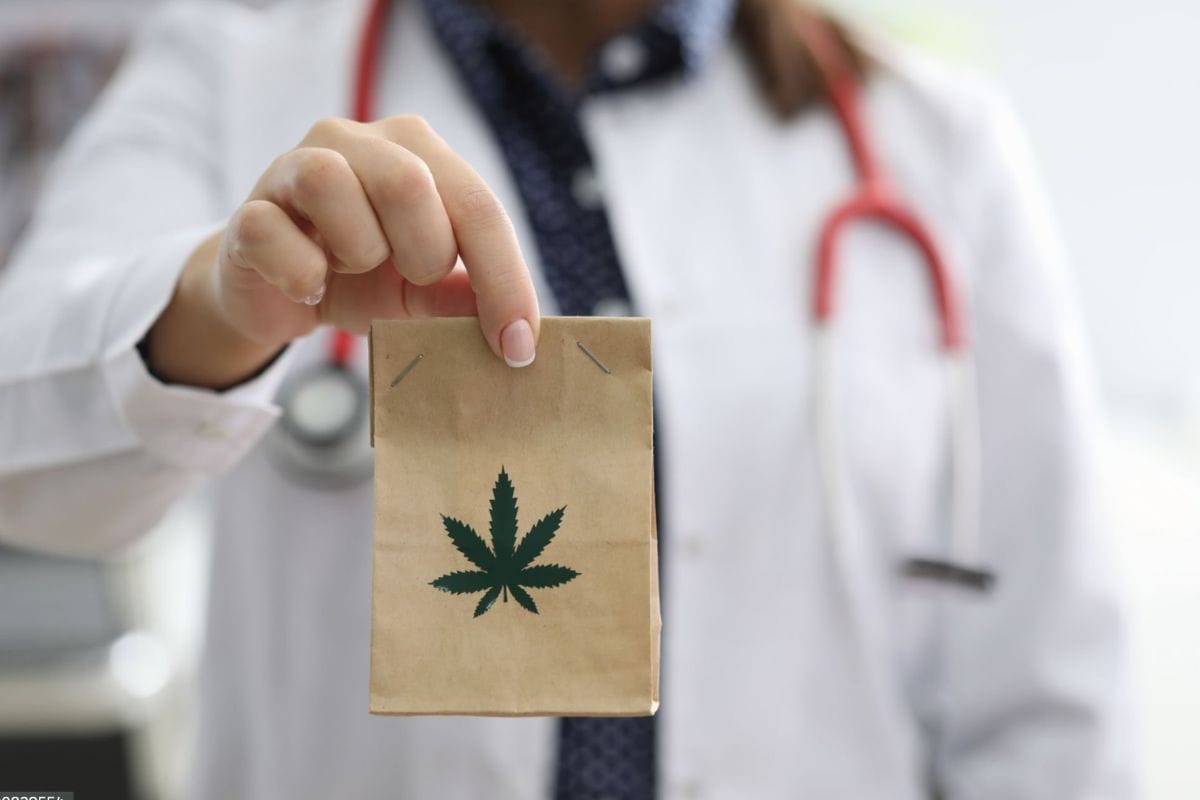
The FDA has taken steps to regulate certain cannabis-derived products, most notably by approved epidiolex, a purified CBD medication for severe seizure disorders.
Other over-the-counter CBD products, however, remain largely unregulated, meaning consumers must rely on third-party testing for quality and safety assurance.
The FDA continues to study CBD’s safety profile and is expected to issue more comprehensive guidelines in the future as more research emerges.
Final Thoughts: Navigating the 0.3% THC Limit
Understanding the 0.3% THC rule is essential for anyone involved in the cannabis space, especially regarding how to regulate products labeled correctly, including fda approved ones, whether you’re a consumer, seller, or cultivator.
Compliance with this legal threshold ensures protection under federal law and can help avoid legal complications in stricter states. Consumers should always check lab test results to verify THC content before buying CBD or hemp products, especially when shopping online.
Look for reputable brands that provide transparent labeling, detailed ingredient lists, and independent third-party lab reports. With the right knowledge and caution, it’s possible to benefit from hemp-derived cannabinoids legally and safely, without crossing the legal line into marijuana territory.
Frequently Asked Questions (FAQ)
What does 0.3% THC mean?
It refers to the maximum amount of delta-9 THC allowed in cannabis plant hemp products by dry weight to remain federally legal.
Why is the limit set at 0.3% THC?
The 0.3% threshold was originally proposed as a research classification and later adopted in the 2018 Farm Bill as a legal standard.
Are CBD products with 0.3% THC legal in all states?
While federally legal, individual state laws vary. Some states restrict THC to 0% in CBD products.
Can I get high from 0.3% THC?
It’s highly unlikely. This amount is too low to cause intoxication in most individuals.
What happens if a product tests above 0.3% THC?
It may be classified as marijuana, subject to regulation as a controlled substance.
Is full spectrum CBD legal?
Yes, as long as the THC content remains below the 0.3% threshold.
How can I verify a product’s THC content?
Look for a Certificate of Analysis (COA) from a third-party lab that shows cannabinoid levels.
Is 0.3% THC safe?
Generally, yes. It is considered a safe threshold for non-intoxicating use, though individual sensitivities vary.

